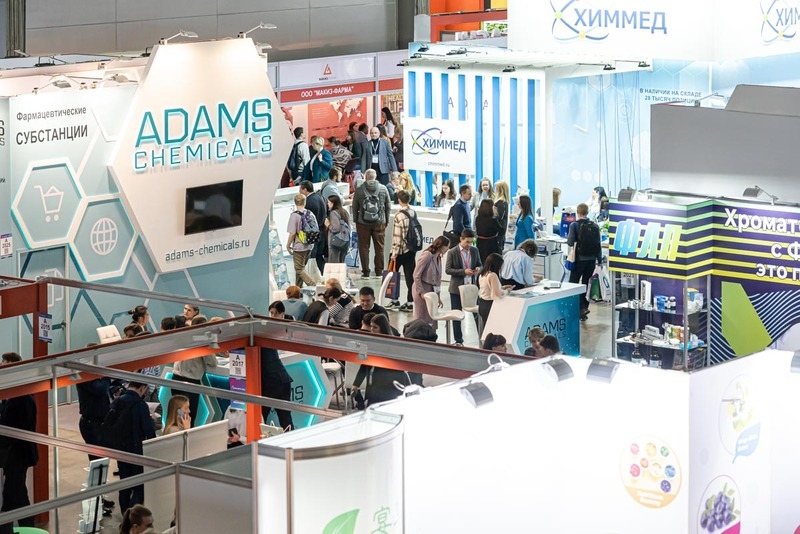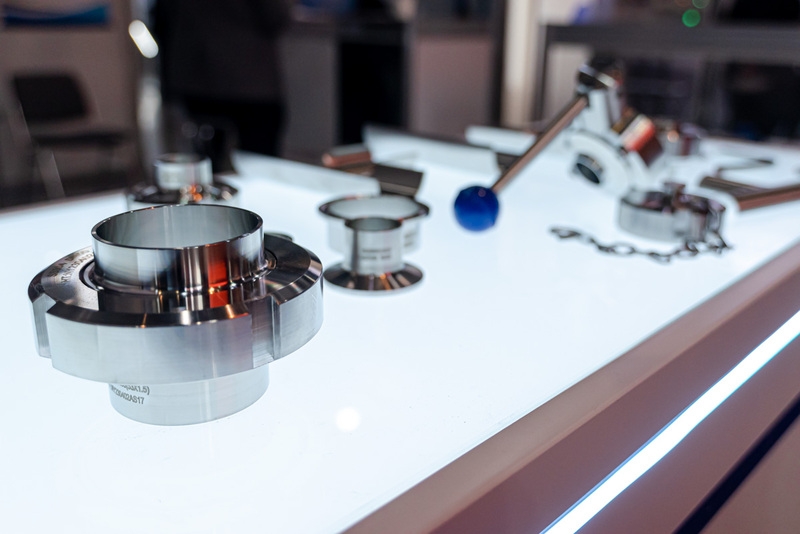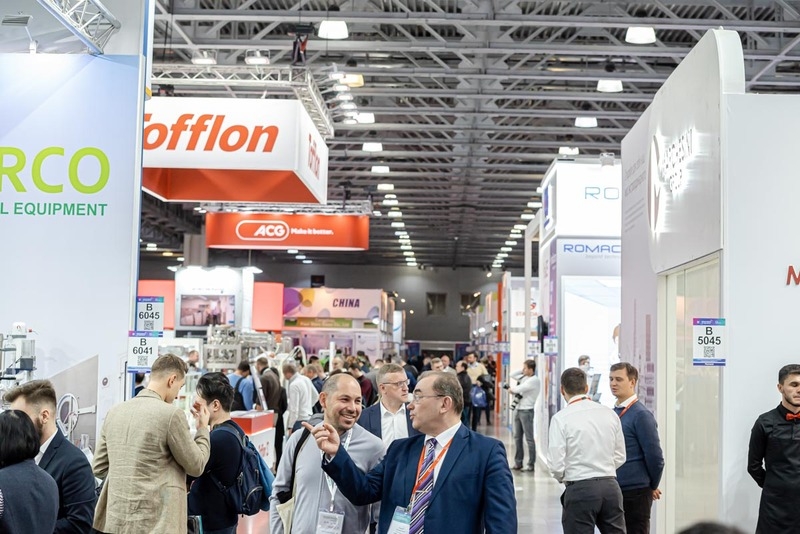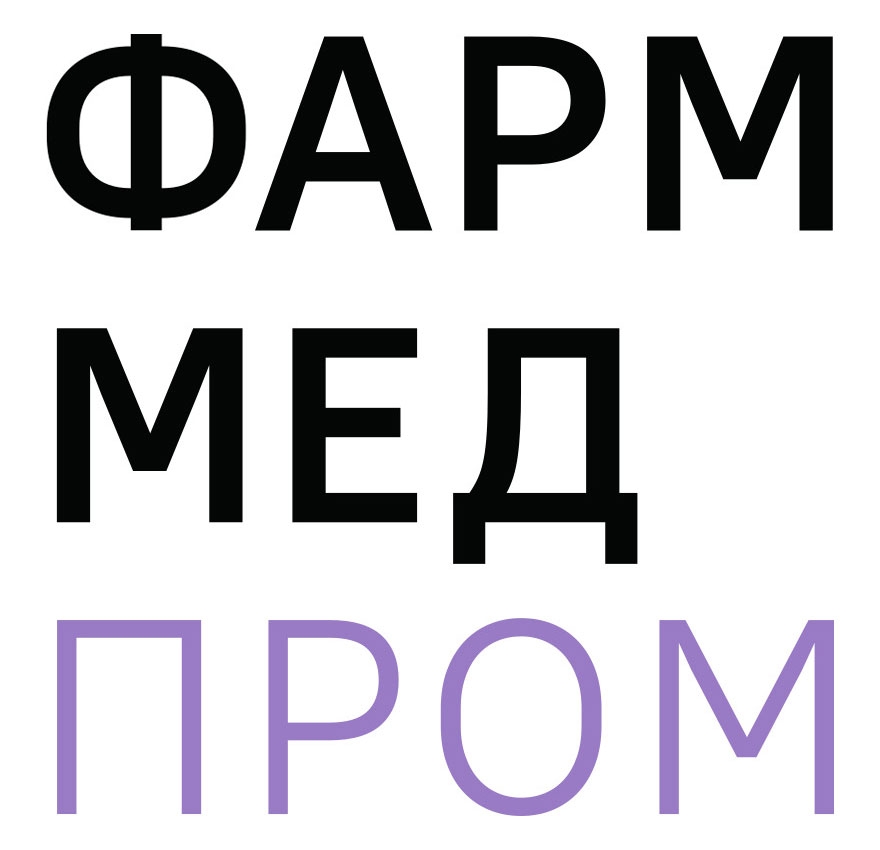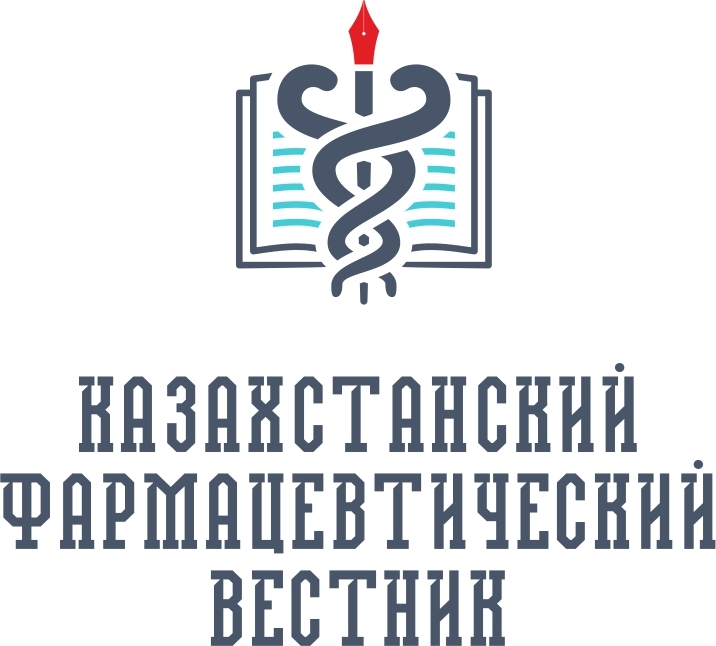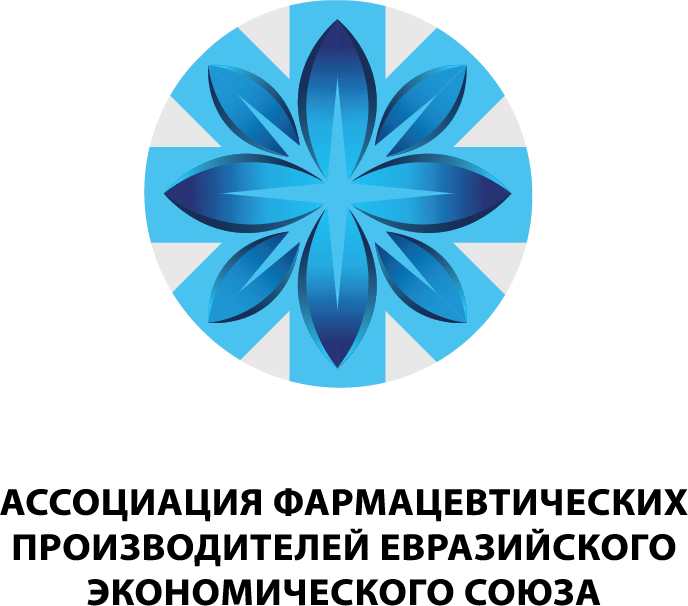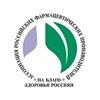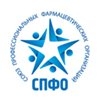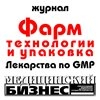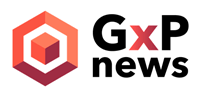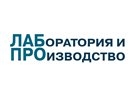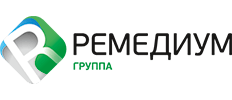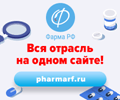THE RUSSIAN PHARMACEUTICAL MARKET IN 2024: CURRENT LANDSCAPE AND INDUSTRY DEVELOPMENTS

How the Russian pharmaceutical market will grow in 2024
Over the past two years, the Russian pharmaceutical market has adapted to the new operating conditions. However, some product names have still not been fully replaced, which in turn opens up a window of opportunity for new entrants.
Current landscape
According to the estimates of the DSM Group, the Russian pharmaceutical market showed a steady growth in 2023: its monetary volume exceeded RUB 2.6 trillion, which is 0.3% higher than in 2022. Last year, mainly due to the end of the coronavirus pandemic, the share of government purchases of pharmaceuticals decreased by 10%. Meanwhile, sales volume in commercial pharmacies rose 6.1%. There was a further increase in the share of Russian medicines in total sales in the Russian market last year. In monetary terms, the share of Russian medicines in the total volume of sales in 2023 was about 37%, and in physical terms it was about 63%.
The market for biologically active food supplements is growing rapidly. According to Rospotrebnadzor, one in five Russians takes food supplements on a regular basis. The share of these citizens is growing by at least 5% per year. As a result, the market for dietary supplements will grow by 15% by the end of 2023. At the same time, the number of companies involved in the production of natural food supplements has increased for the second year in a row by around 100 companies. A similar situation is observed in natural cosmetics sector.
With regard to imports of products for the pharmacological market, it is interesting to note that imports of active pharmaceutical ingredients were down by almost 11% (to 14 thousand tonnes) in the first three quarters of last year. China remains the leading importer, but its share fell by 2% (to 58%). European countries came second with 21% of total imports (-3%), but were closely followed by India, which increased its share to 19% (+4%). At the same time, there has been a gradual increase in the volume of production of Russian substances, but it is still too early to speak of a refusals of imports. According to Alexander Semyonov, President of Active Component JSC, by 2023 the share of active ingredients produced in Russia will be only about 10% of imports. If we exclude only those companies that produce chemical synthesis, it will be 6-7%.
In terms of issues facing the Russian pharmaceutical market, one of the most significant challenges is the country's continued reliance on imports of pharmaceutical products and components. According to Tatyana Golikova, deputy prime minister of the Russian government, by 2023 about 20% of the drugs on the list of essential medicines will be produced in Russia but imported from abroad. The authorities are taking necessary steps to address this problem: since the adoption of the roadmap for the localisation of drug production (it included 189 items), about 20 new drugs have been registered, but there is still a need for alternatives to drugs from manufacturers that have left the country.
Maintenance, repair and purchase of new equipment is still a major issue for the Russian pharmaceutical market, not only for the production of substances and drugs, but also for the production of packaging. About 2/3 of all equipment was imported from Europe, the USA, Japan and Taiwan, but after the introduction of anti-Russian sanctions, the existing supply channels were closed, forcing manufacturers to look for alternative options: purchase analogues of equipment and spare parts, mainly from China, or use parallel imports. Currently, Russian companies are focusing on Chinese (Tofflon, Sinopharmtech, CANAAN, Truking, BEIJING HANLIN HANGYU TECHNOLOGY, Keno Pharma, IVEN, Shandong SMA) and Indian (ASG, BIOZEEN, Bectochem, PRISM PHARMA MACHINERY, Bowman & Archer Pharma Machines India, AQUAON ENGINEERS) suppliers of various equipment.
Development prospects
It is worth noting that the government is paying a great deal of attention to the pharmaceutical market. Pharmaceutical production is included in the list of priority industries, which brings with it a number of advantages, including investment from development institutions, tax and property benefits. In 2023-2024, the VEB.RF Development Institute plans to allocate more than RUB 180 billion to support pharmaceutical manufacturers, which produce about 200 different substances used to make vital and essential medicines (including those used to combat cardiovascular and oncological diseases).
Another area that is just as important is the substitution of medicines that have been taken off the market. Import substitution began in 2014 and has become particularly important in the current situation. However, developing analogues of drugs that have left the market is not an easy task, and Russian companies now face a serious challenge - switching from generics to unique medicines. And here we cannot do without cooperation with foreign players.
Speaking of new players collaborating with domestic companies, it's worth noting that the Russian market offers many opportunities for this to happen. It can involve not only developing new drugs, but also supplying active pharmaceutical ingredients, equipment and parts, and packaging. Both sides will benefit from such co-operation: foreign suppliers will have a reliable partner to guide them through the Russian market, while domestic companies will be able to meet key needs and optimise costs.
The growth in consumer interest in natural food supplements and cosmetics over the past four years (since the start of the coronavirus pandemic), and the unmet demand for Russian ingredients for their manufacture, is opening a window of opportunity for new players. China and India, which have considerable expertise in this area, are expected to benefit the most.
Let us take a closer look at one such direction, namely robotics. In his address to the Federal Assembly, President of the Russian Federation V.V. Putin said that by 2030 Russia should be among the top 25 countries in terms of industrial robots. To achieve such an ambitious goal, it is necessary not only to intensify our own developments, but also to draw on the experience of world leaders, including China.
Joining the Pharmtech & ingredients exhibition is an important step towards entering the Russian market
The growing domestic pharmaceutical market is now open to new players ready to enter the vacant segments. A good way to get to know it and its peculiarities, to hear opinions and communicate with leading experts, and to find new partners is to take part in Pharmtech & ingredients, the largest industry event in Russia and the countries of the EAEU.
This confirms the demand for the event on the part of both exhibitors and visitors. The 25th International Exhibition of Equipment, Raw Materials and Technologies for Pharmaceutical Production Pharmtech & Ingredients in 2023 attracted 472 companies from Russia, CIS, China, India and other countries. The exhibition attracted 10,011 individual visitors (25% more than 2022). At the same time, 88% of the guests (8,830 people) were target visitors, whose visit to the event was driven by the need to find new partners and obtain industry information. 67% of the visitors (5,947 people) were decision makers, i.e. company executives, business owners and department managers.
With over 8600 square metres of exhibition space, the 2024 exhibition is 85% complete. Over 200 companies have already confirmed their participation at Pharmtech & Ingredients 2024.
Join the 26th International Exhibition of Equipment, Raw Materials and Technologies for Pharmaceutical Production Pharmtech & Ingredients from 19-22 November 2024 and showcase your products to industry experts.
The exhibition will take place at Crocus Expo IEC, Pavilion 2.
